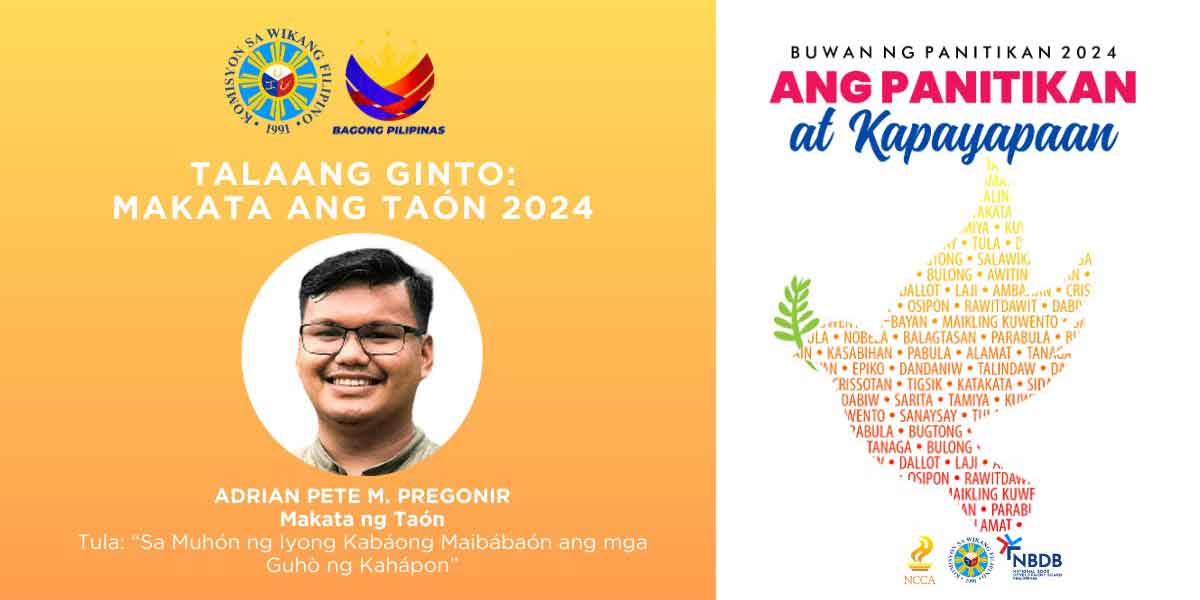CELEBRATE National Women’s Month with the National Museum by joining the free weaving demonstration and lectures of Miagao hablon weavers on March 23-24, 2019, 9AM and 2PM, at the Gallery 4 of National Museum Western Visayas Regional Museum and Satellite Office (former Iloilo Rehabilitation Center), Iloilo Capitol Compound, Bonifacio Drive, Iloilo City.
This event, Kababainhan, Paghabol, Komunidad: A Hablon Weaving Demonstration and Lecture, is a tribute to the artistry and craftsmanship of weavers of Panay. Through the event, the National Museum aims to raise public awareness on the issues concerning gender roles, particularly the continuous stereotyping of weaving as an exclusive skill of and job for women.
It is also a call to the public to appreciate and learn more about Panay textile heritage, at the same time, inspire the Western Visayas communities to support the revived handwoven textile industry of the region.
Mother and son weavers from Miagao, Iloilo, namely: Mary Ann and Kim Carlo Montagot of Indag-an Multi-Purpose Cooperative, and Constancia Connie and Franco Atijon of Reydens Hablon, will conduct the weaving demonstration. Guests weavers from Brgy. Indag-an, Miag-ao will share their journey as weavers – from the first time they sat on a loom and held a thread up to now as they are now travelling abroad and in the Philippines to share and promote their artistry and craftsmanship.
Weaving is an age-old tradition that once brought fame and fortune to the weavers of Panay Island. In the 1800s, the industry was so lucrative that Iloilo became known as the textile capital of the Philippines. Back then, most households owned a loom and produced traditional textiles woven from indigenous fibers like cotton, abaca, silk, and piña.
Contrary to the common belief that weaving is exclusive for women, the weaving processes employed both men and women. The men processed the plants into fibers while the women set up the looms and weaved. When the weaving industry waned due to the shift of capitals to sugar and the entry of cheaper commercialized fibers and fabrics from abroad, weaving was abandoned and only a few communities maintained it.
In the past years, efforts were made to revive the Philippine traditional textiles. The National Museum and the Office of Senator Loren Legarda are at the forefront of this – the first among their many collaborations is the setting up of Hibla ng Lahing Filipino: The Artistry of Philippine Textile permanent exhibition at the National Museum of Anthropology in Manila and corollary programs like lecture series on indigenous fibers and traditional textiles, traveling exhibition, and weaving demonstrations.
Government agencies such as the Department of Trade and Industry, Philippine Fiber Development Authority, local government units, among others, also stepped up initiatives to support the production of indigenous fibers in known weaving communities all over the Philippines. With the demand for handwoven products increasing, men are now also attracted not only to the processing of plants but to weaving as well, thus, breaking the stereotypes and gender-typing of weaving as a skill exclusive for women.
The weaving demonstration and lecture is a NM Gender and Development project spearheaded by its Ethnology Division, in cooperation with Gender and Development Focal Point System and Regional Administration and Operations Division.
There are four sessions in the two-day event. Guests can attend either the 9-11AM session or the 2-4PM session, either on Saturday or Sunday. The public is also encouraged to support our local weavers by patronizing their products that will be on display at the museum during the two-day event.
The weaving demo and lecture is FREE but slots are limited. Pre-registration is required. Kindly contact National Museum Western Visayas through telephone number 033-327-3782 or email at nmiloilo@yahoo.com for inquiries and reservations.






















